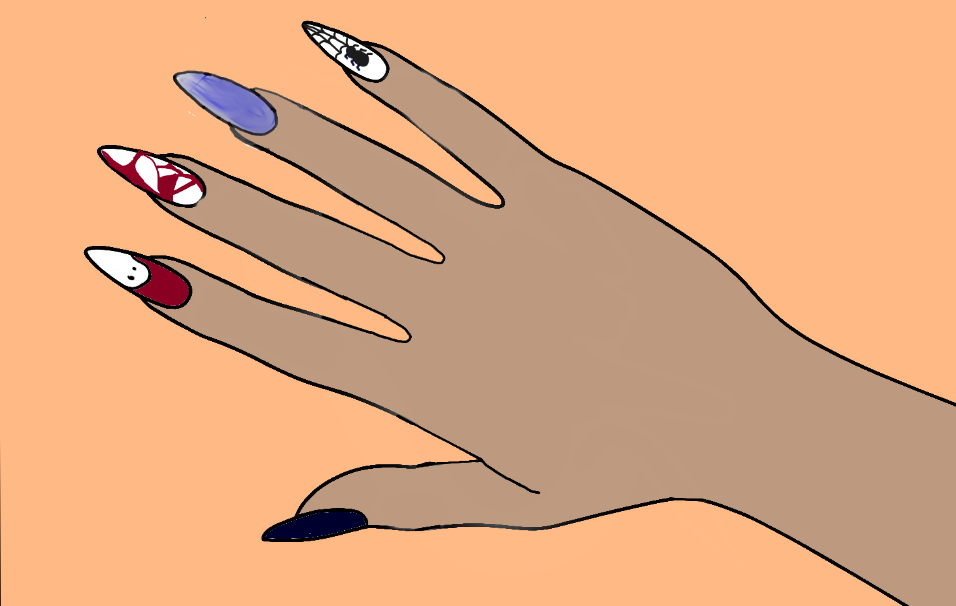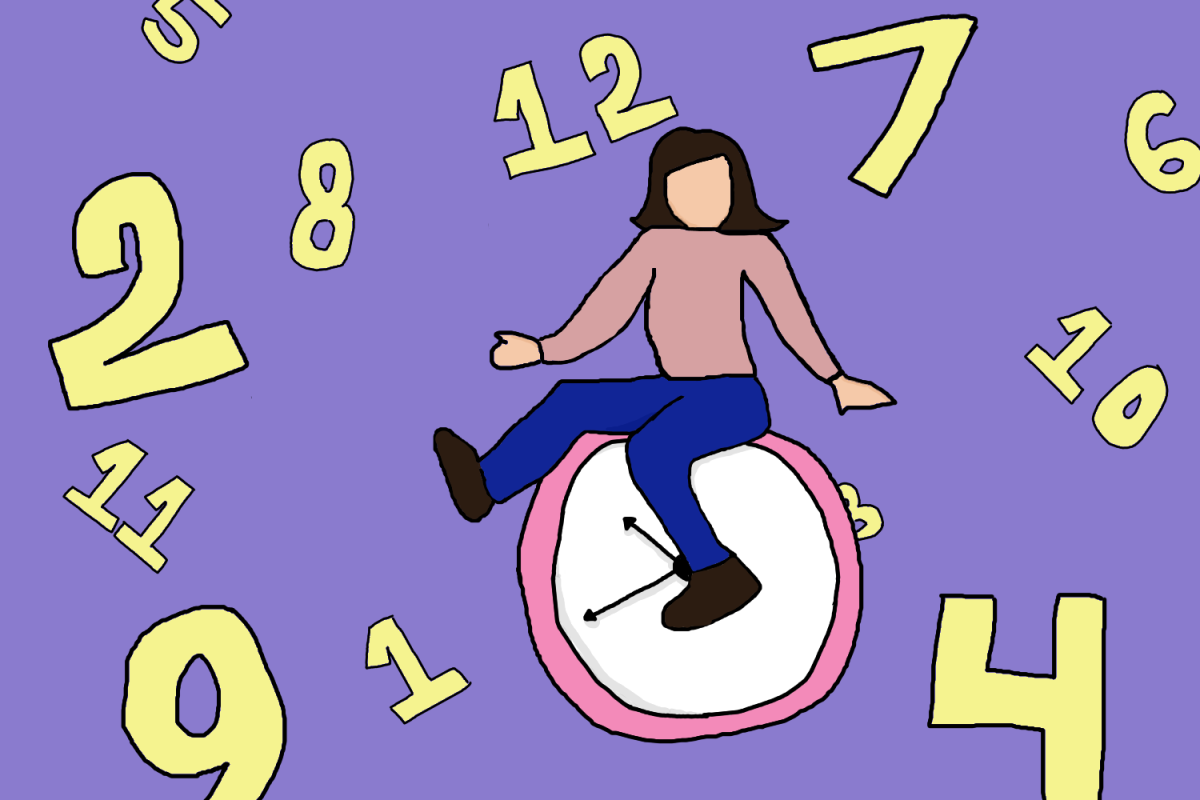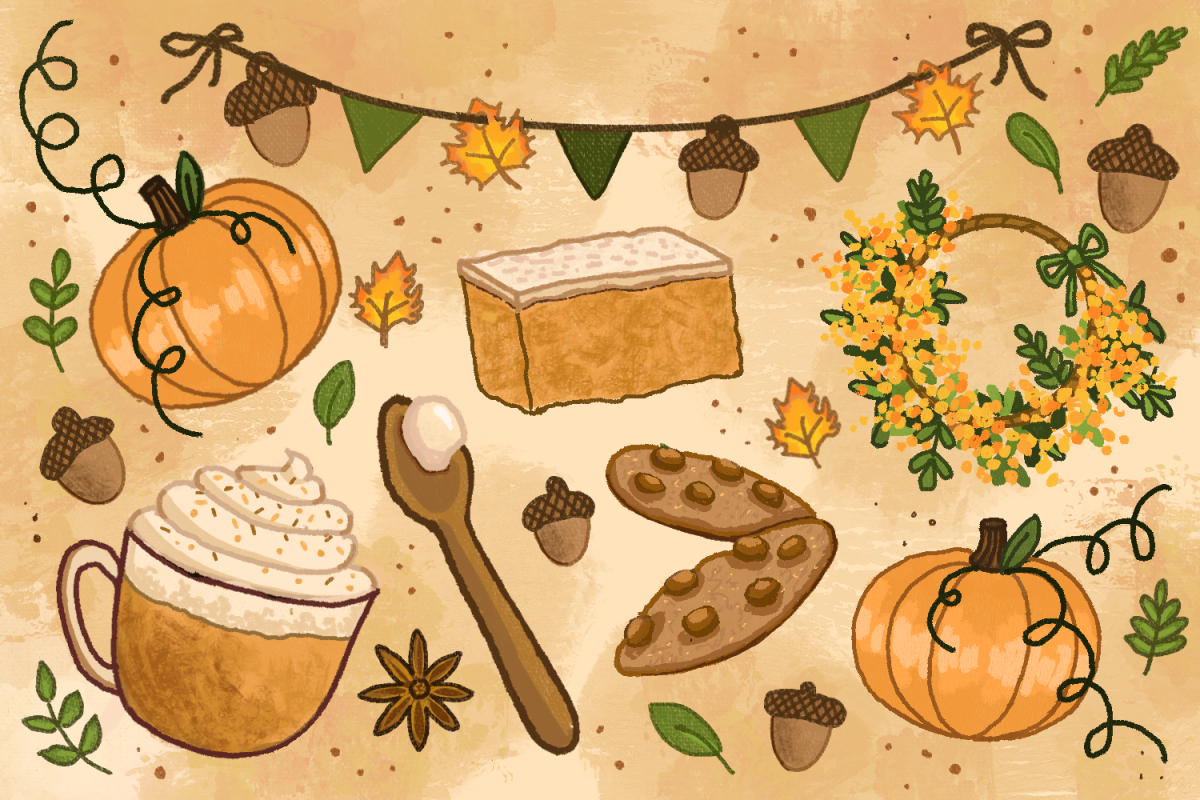Do you recall your first-grade teacher reading The Day the Crayons Quit to your class on a rainy day? Or the first time you finished Charlotte’s Web, possibly in tears because of the ending? Whether or not your experiences differ from these, books have most likely been a vital part of your classroom life since elementary school. They’ve shaped classroom culture for years, impacting and creating precious memories for students. Freshman Emily Chao shared books that shaped a major part of her elementary school years.
“A book called The Christmasaurus was a huge part of my childhood. It pulled me into the world of reading. It was from that book I developed my love for reading, and I look back on it fondly,” Chao said.
Books come with morals and lessons relating to life. A major one I recall was First Day Jitters by Julie Danneberg, starring a character terrified to go to school. She’s anxious, as she’s scared none of the children will like her and she will be made fun of. Although the readers all think this character is a student, at the end of the book (spoiler alert!) we learn the character is a teacher! The plot twist helps students connect with the teacher, and I remember feeling way more relaxed once I found out children weren’t the only ones who got scared.
In addition, books are essential for children’s sensory development, as they open up new areas of imagination and allow them to visualize what’s happening in the world around them. In their heads, they can picture events they may experience in the future, and meet heroes or heroines they identify with. Certain younger children (and even teens and adults) need to find an inspiring character they see themselves in.
“Some character[s] that inspired me as a kid [were] the fairies from Rainbow Magic. Their sparkles and style were cool, and I dreamed of being like them one day,” said freshman Sofia Avendano.
If the collection of books started off as happy and silly, some take a turn for the bittersweet. Take The One and Only Ivan, which might send some on an emotional rollercoaster as they anxiously hope for Ivan the gorilla to reach his happy ending out of his tiny cage at the mall. Readers might begin to realize heroes can make bad decisions and villains smart choices.
Characters become increasingly complex, urging students to think about their choices and relate them to real life. For some people, these changes made all the difference, as they realized not all problems and plots can be resolved so easily.
Even now, some choices people make may be rooted in things they’d learned as kids—everyone has different opinions and perspectives that should be respected, just like the crayons from Duncan’s coloring box in The Day the Crayons Quit. Teachers also feel similar emotions to students- the two have more in common than one might expect!
As the years progress, so do the types of books. Personalities and fears evolve as kids grow older, and so does the genre of literature they grow to enjoy. Some people feel lonely and find solace in reading, while others devour chapter after chapter, in a frantic race to find more knowledge. Others stray away from reading, but if they’d been subject to it at one point, part of their childhood development relied heavily on the books they’d read.
For many people, books from the far-away past have lingered. The lessons and characters stick long after they’d moved on, providing fond moments to look back at. These beloved books have a much greater impact than acknowledged, and they’ve shaped decisions and experiences for students who will always cherish them.
Photo Courtesy of UNSPLASH.COM







